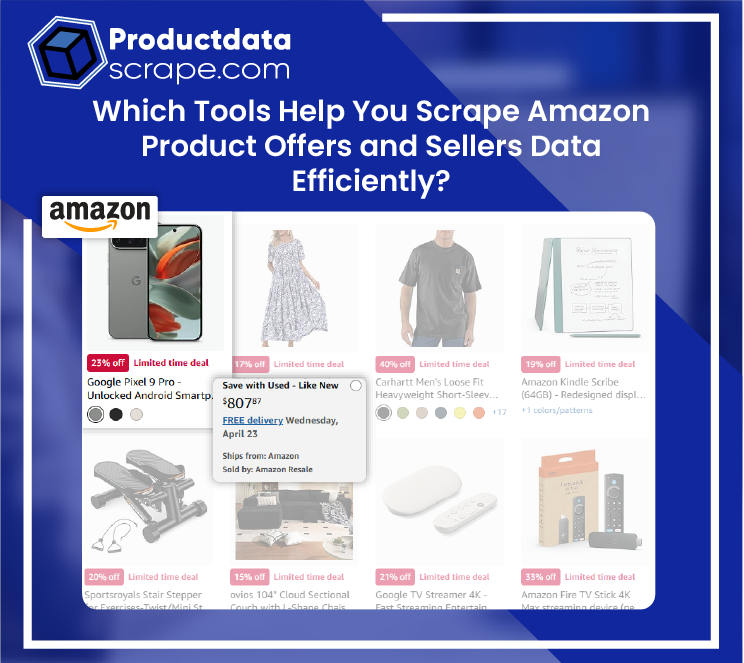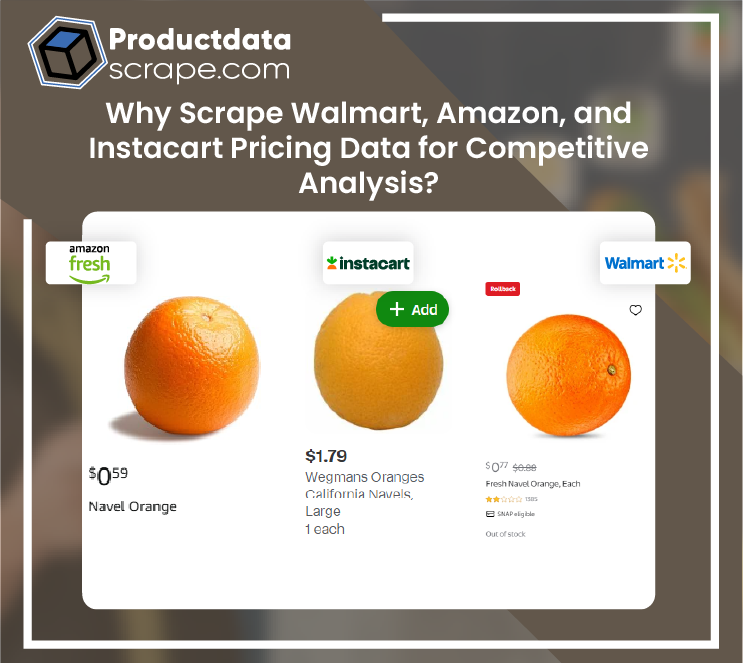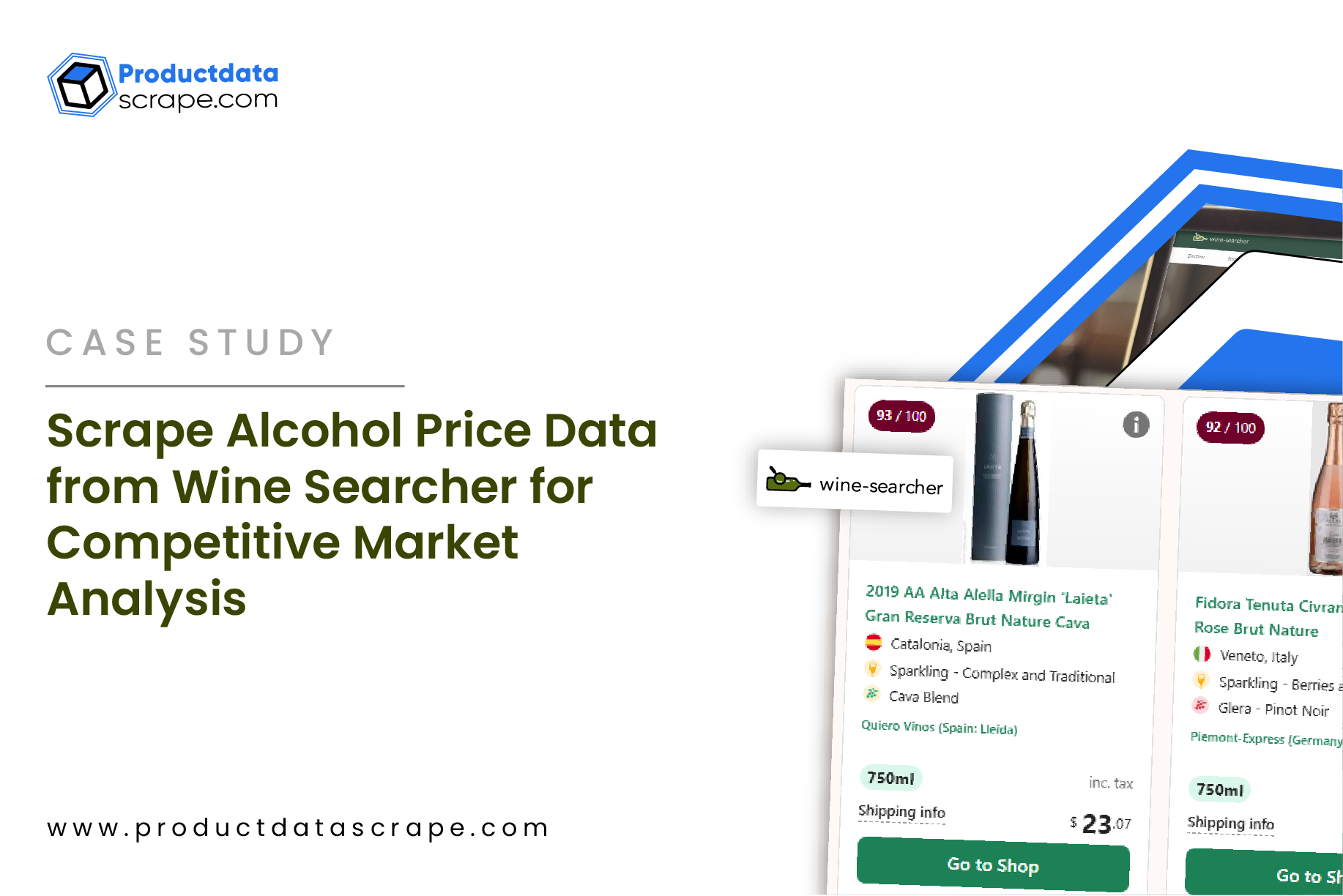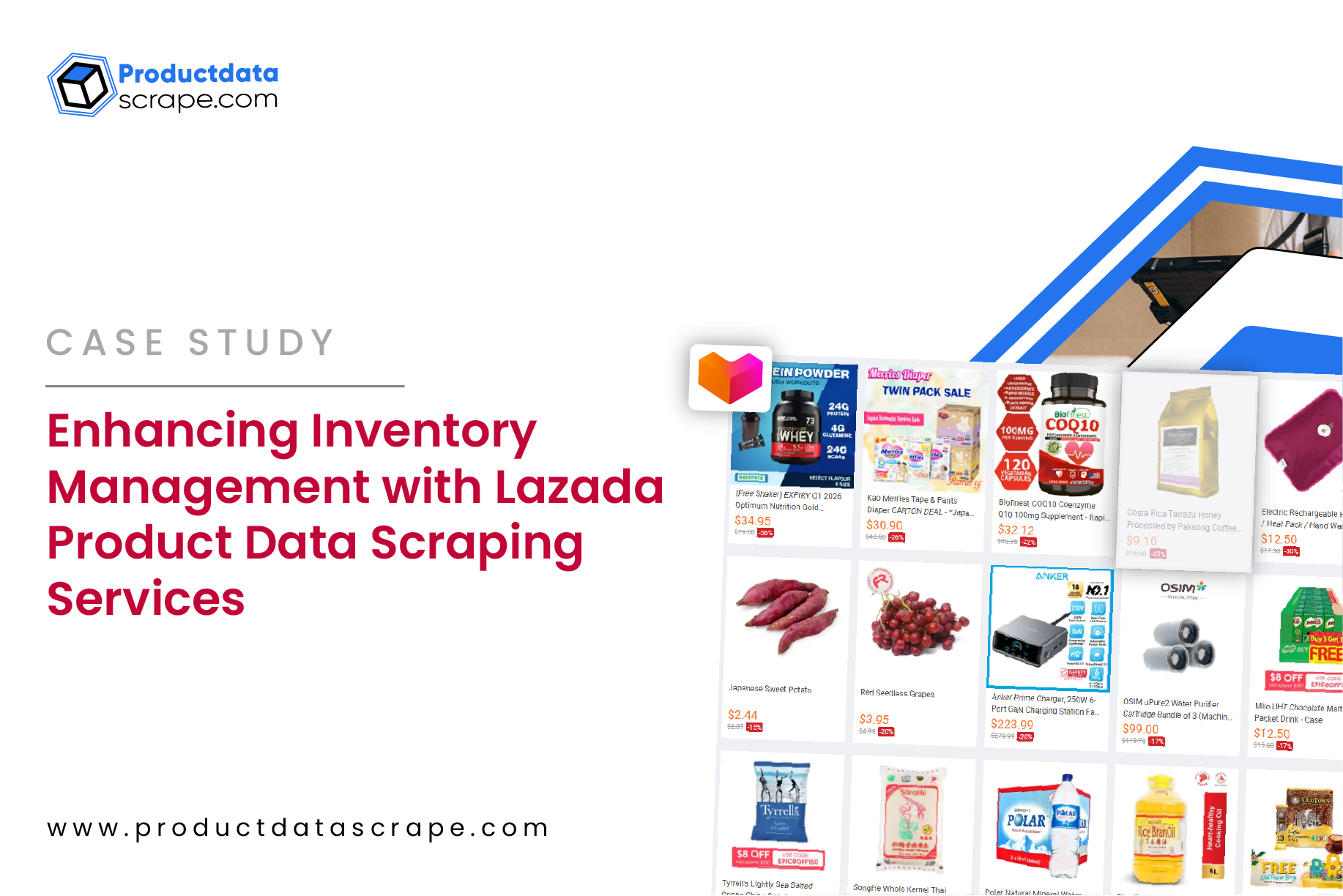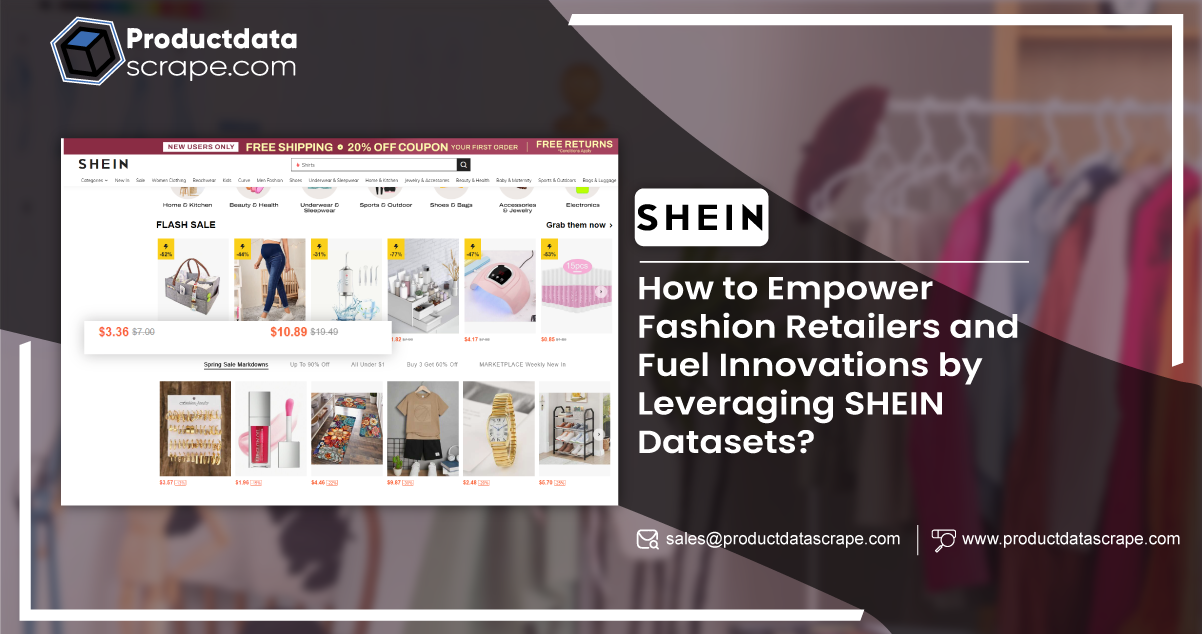
In the dynamic landscape of fashion retail, leveraging data-driven insights has become imperative for staying ahead in the competitive market. One significant avenue for obtaining valuable data is fashion retail data scraping, a technique that has revolutionized how retailers like SHEIN gather crucial information.
SHEIN, a prominent player in the fashion e-commerce sphere, utilizes web scraping to collect data from various online sources. It includes scraping product details, pricing information, customer reviews, and competitor strategies from e-commerce websites, social media, and fashion blogs.
The SHEIN dataset obtained through web scraping serves as a treasure trove of information, enabling the company to make informed decisions regarding product assortment, pricing strategies, and marketing campaigns. By analyzing this data, SHEIN can identify emerging trends, understand consumer preferences, and enhance the overall shopping experience for its customers.
Significance of Scraping Fashion Retail Data
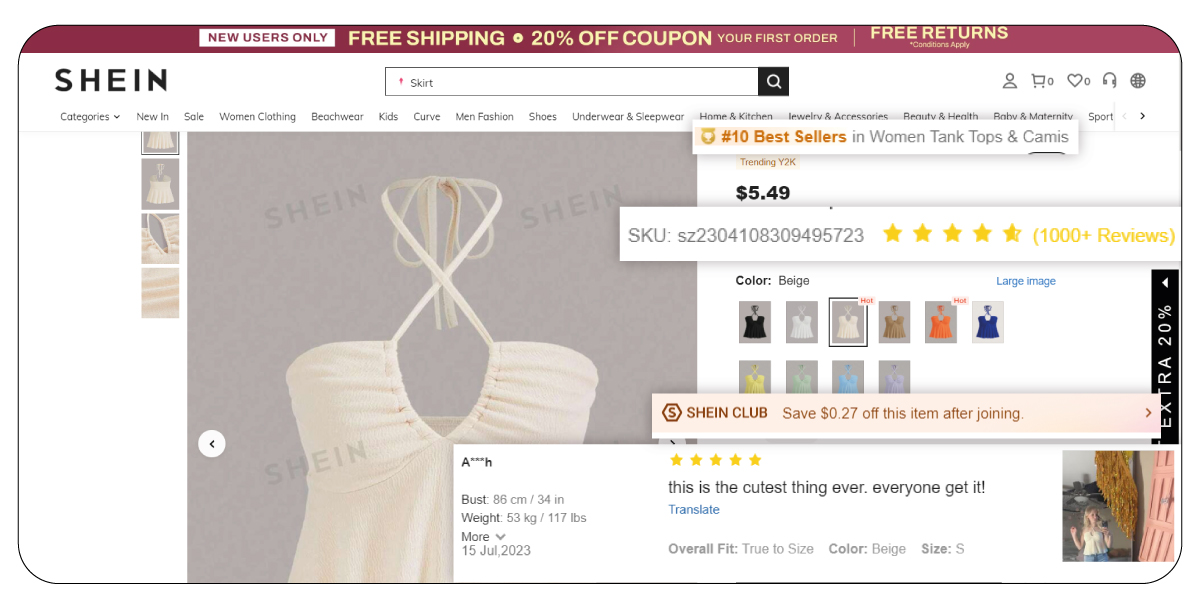
In the fast-paced world of fashion retail, scraping data has become indispensable for staying competitive. By harnessing the power of e-commerce data scraping, retailers gain valuable insights into market trends, competitor strategies, and consumer preferences, enabling them to optimize various aspects of their operations. From refining pricing strategies to enhancing the customer experience, scraping fashion retail data empowers retailers to make informed decisions and stay ahead in the ever-evolving fashion landscape.
- Market Insights: Fashion retail data scraping services provide valuable insights into market trends, allowing retailers to stay informed about emerging styles, preferences, and consumer behaviors.
- Competitor Analysis: By scraping competitor data, retailers can gain a competitive edge by understanding their pricing strategies, product offerings, and promotional tactics.
- Product Assortment Optimization: Analyzing scraped data helps retailers optimize their product assortments by identifying gaps in the market or areas of opportunity for new offerings.
- Pricing Strategy Refinement: Scraped data on pricing trends and competitor pricing allows retailers to adjust their pricing strategies dynamically, ensuring competitiveness while maximizing profitability.
- Personalized Marketing: Data obtained through scraping enables retailers to segment their customer base effectively and tailor marketing campaigns to specific demographics or consumer preferences.
- Inventory Management: By monitoring product availability and demand trends through scraped data, retailers can optimize inventory levels, reducing stockouts and minimizing excess inventory.
- Customer Experience Enhancement: Scraping customer reviews and feedback gives retailers valuable insights into product satisfaction levels, enabling them to address issues promptly and improve overall customer experience.
- Fashion Trend Prediction: Analyzing scraped data over time allows retailers to forecast future trends, enabling them to stay ahead of the curve regarding product offerings and marketing strategies.
About SHEIN Datasets

SHEIN datasets encompass a rich repository of information from multiple channels, including e-commerce platforms, social media, fashion blogs, and customer feedback mechanisms. These datasets comprise diverse data types, such as product attributes, pricing information, customer reviews, sales trends, and competitor analysis. SHEIN aggregates, processes, and analyzes these datasets through sophisticated data collection methods to extract actionable insights crucial for strategic decision-making.
SHEIN Datasets- Empower Fashion Retailers and Fuel Innovations
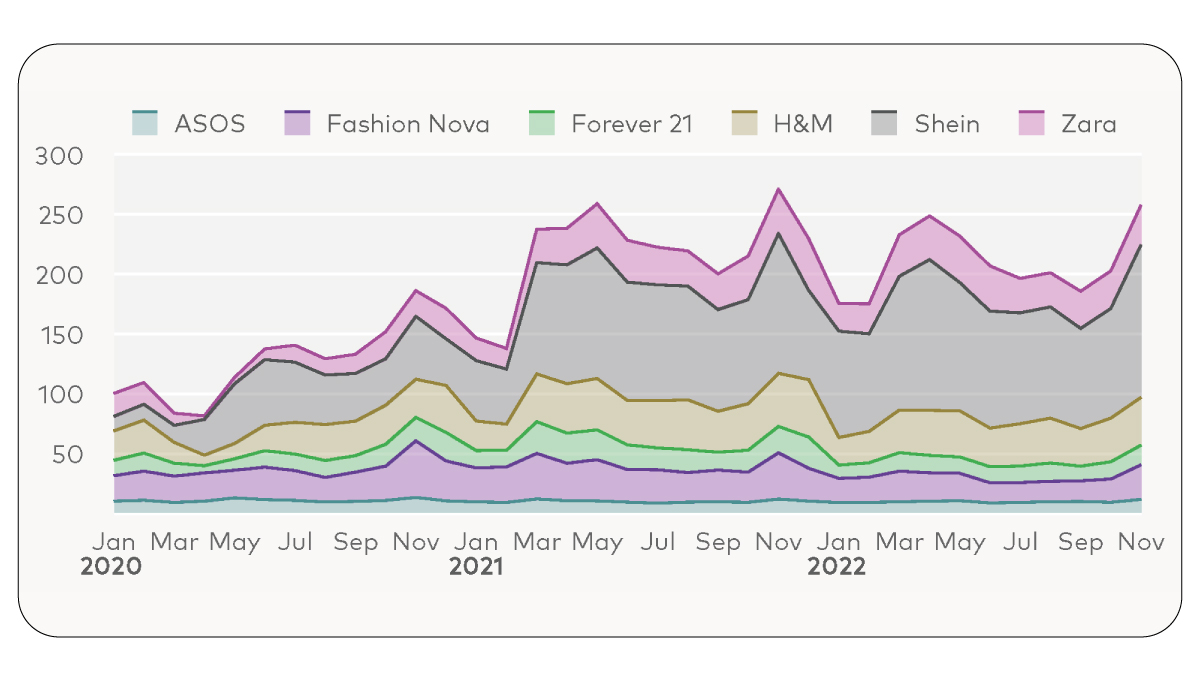
SHEIN datasets catalyze innovation and growth in the fashion retail industry, empowering retailers with invaluable insights to drive strategic decisions and fuel innovations. By harnessing the power of SHEIN datasets, fashion retailers gain access to a wealth of data on market trends, consumer preferences, and competitor strategies. This rich repository of information enables retailers to identify emerging trends, anticipate consumer demands, and tailor their product offerings accordingly. With a deep understanding of market dynamics and consumer behavior derived from SHEIN datasets, retailers can innovate and differentiate themselves in a highly competitive landscape. By leveraging these insights, fashion retailers can optimize product assortments, refine pricing strategies, and enhance the overall shopping experience for their customers. Ultimately, SHEIN datasets empower fashion retailers to stay ahead of the curve, drive innovation, and achieve sustained growth in the dynamic world of fashion retail.
Breaking Down How Shein Organizes Information
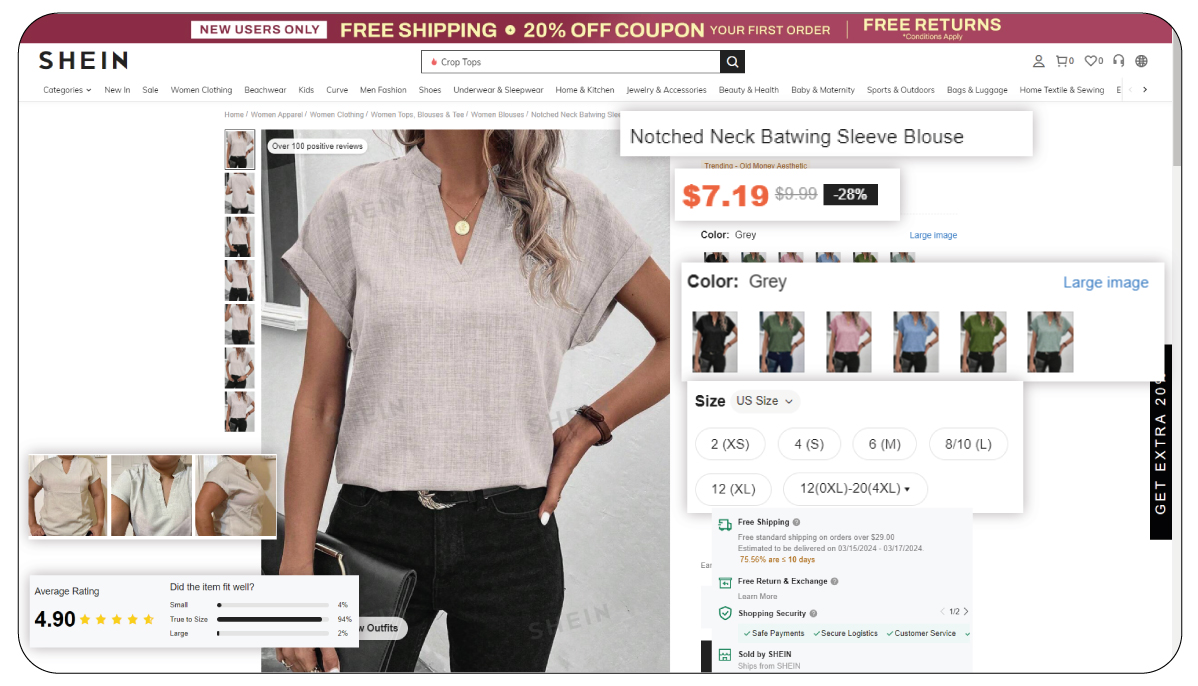
At the core of Shein's triumph is a meticulously crafted data structure that propels its day-to-day operations and serves as the bedrock for strategic business maneuvers. Here's an insightful breakdown of the essential data elements comprising Shein's architecture:
Product ID: : A unique identifier assigned to every item showcased on Shein, facilitating precise tracking and assessment of product performance.
Product Name: Captures the distinctive title of each item, often encapsulating key features like style, type, and, occasionally, color.
Product Description: Offers comprehensive insights into the product, encompassing details such as material composition, fit, and care instructions. These insights are invaluable for highlighting product strengths and promoting variations effectively.
Price: Reflects the product's retail value, providing pivotal data for analyzing pricing strategies and market trends.
Discount Price: Displays the reduced price of a product during a sale event, shedding light on Shein's discounting tactics and consumer response.
Product Category: Categorizes items into specific product groups like "Women's Clothing" or "Dresses," aiding in understanding market preferences and competition dynamics.
Product Images: Direct links to product visuals offer a glimpse into Shein's presentation standards and trends.
Ratings and Reviews: Aggregate ratings and individual customer feedback, offering valuable insights into customer satisfaction levels and prevalent sentiments.
Stock Availability: Indicates the product's availability status and sometimes the remaining quantity, which is crucial for inventory management and customer expectations.
Each facet of this data framework contributes significantly to Shein's operational efficiency and strategic decision-making, empowering businesses with actionable insights for sustainable growth.
Significance of SHEIN Datasets
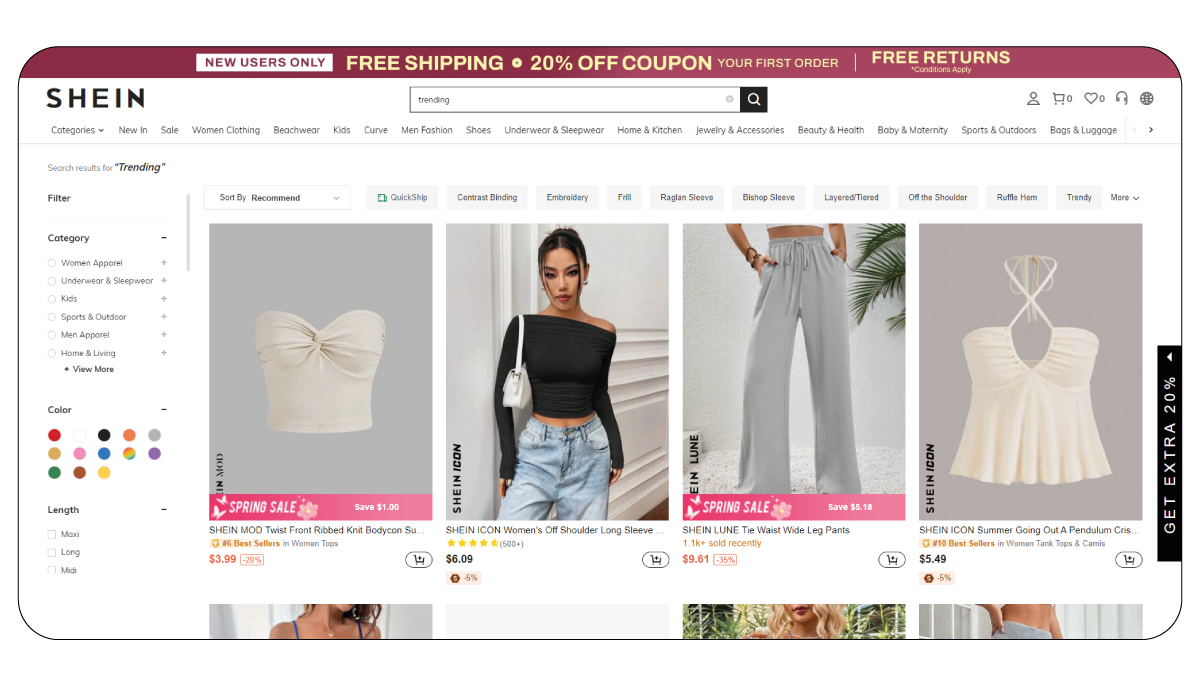
Market Intelligence and Trend Analysis: SHEIN datasets are valuable for market intelligence and trend analysis. By scrutinizing customer preferences, browsing patterns, and purchase behaviors embedded within these datasets, the customer gains profound insights into emerging fashion trends, enabling the company to swiftly align its product offerings with evolving consumer demands.
Competitive Benchmarking: Scraping competitor data is pivotal to SHEIN's dataset strategy. Through comprehensive analysis of competitor pricing strategies, product assortments, promotional activities, and customer engagement metrics, the business identifies competitive advantages and areas for improvement, thereby refining its strategies to maintain a leading edge in the fiercely competitive fashion retail landscape.
Personalization and Customer Engagement: Leveraging SHEIN datasets using e-commerce data scraping services helps personalize the shopping experience for its customers effectively. By segmenting customers based on their preferences, browsing history, and purchase patterns, SHEIN delivers targeted recommendations, personalized promotions, and tailored marketing communications, fostering deeper customer engagement and loyalty.
Inventory Management and Demand Forecasting: Datasets are pivotal in inventory and demand forecasting. By analyzing sales data, stock levels, and demand trends, the business optimizes inventory replenishment cycles, minimizes stockouts, and avoids overstocking, enhancing operational efficiency and maximizing profitability.
Steps Involved in Scraping SHEIN Product Data
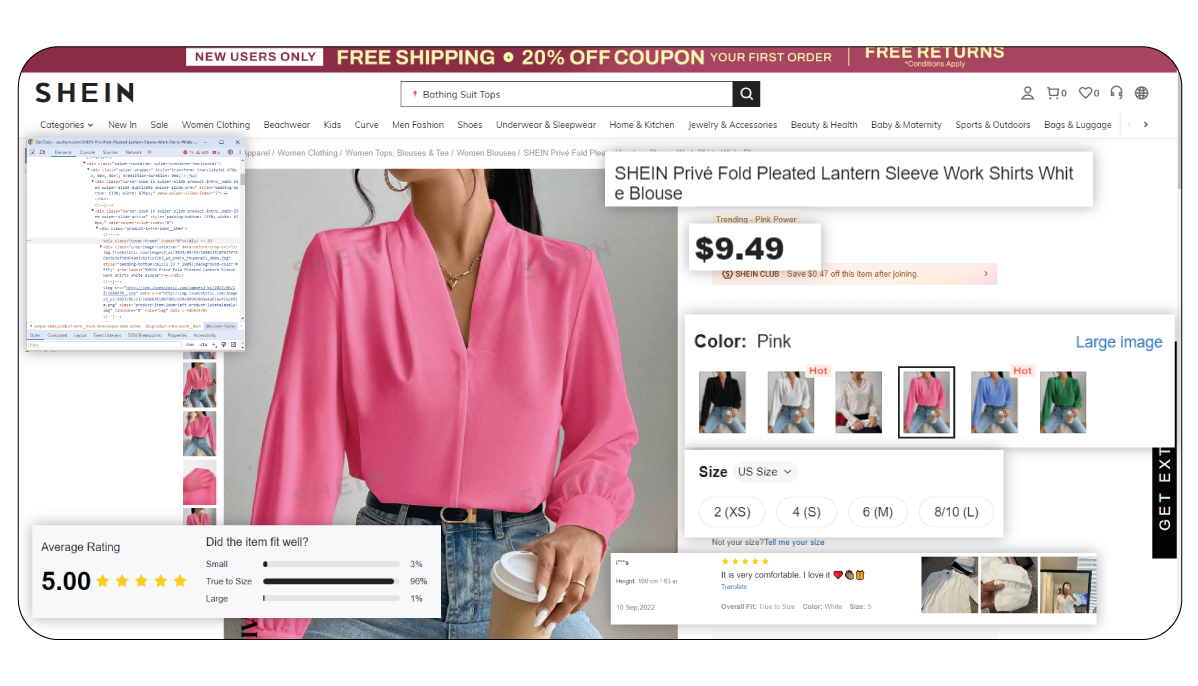
Scraping SHEIN product data offers a gateway to unlocking valuable insights into the dynamic world of fashion retail. By meticulously extracting and analyzing product information from SHEIN's vast inventory, retailers gain unparalleled visibility into market trends, competitor strategies, and consumer preferences, empowering them to make informed decisions and stay ahead of the curve. In this article, we explore the essential steps involved in scraping SHEIN product data, elucidating the process for leveraging this valuable resource to drive success in the fashion e-commerce landscape.
Identify Target Data: Determine the specific product data to scrape from SHEIN's website. It may include product names, descriptions, prices, images, sizes, colors, ratings, and reviews.
Select Scraping Tools: Choose suitable web scraping tools or libraries such as Beautiful Soup, Scrapy, or Selenium for Python, depending on the complexity of the scraping task and desired functionalities.
Understand Website Structure: Analyze the structure of SHEIN's website to identify the HTML elements containing the target product data. Inspect the source code of SHEIN's product pages using browser developer tools to locate relevant tags, classes, or attributes.
Set Up Scraping Environment: Set up a scraping environment in the chosen programming language, ensuring the installation of necessary dependencies. Initialize the web scraping tool and configure settings such as user-agent, headers, and proxy servers to mimic human browsing behavior and avoid detection.
Scrape Product URLs: Begin by scraping the URLs of SHEIN's product pages using techniques like navigating through categories, search queries, or pagination. Extract the URLs of individual product pages to access detailed product information.
Scrape Product URLs: Retrieve the HTML content of each product page and parse it using the scraping tool. Utilize XPath or CSS selectors to locate and extract desired product attributes such as names, descriptions, prices, images, and specifications.
Handle Pagination and Dynamic Content: Implement mechanisms to handle pagination and dynamic content loading on SHEIN's website. Iter through multiple product listings pages and simulate user interactions like clicking "Load More" buttons or scrolling to load additional content.
Data Cleaning and Transformation: Cleanse and preprocess scraped product data to remove noise, format inconsistencies, or irrelevant information. For further analysis and storage, convert scraped data into a structured format like JSON, CSV, or a database schema.
Handle Errors and Exceptions: Implement error handling mechanisms to gracefully handle exceptions, network errors, and CAPTCHA challenges encountered during the scraping process. Implement retry strategies and IP rotation to mitigate IP bans or rate limiting.
Respect Robots.txt and Terms of Service: Adhere to SHEIN's robots.txt file and terms of service to ensure compliance with website usage policies and legal regulations. Respect rate limits, avoid overloading servers, and prioritize user privacy and data protection.
Test and Validate Results: To ensure accuracy and completeness, validate scraped product data against sample data or known ground truth. Perform test runs on a subset of data and inspect results for anomalies or discrepancies before scaling up scraping operations.
Monitor and Maintain Scraping Infrastructure: Continuously monitor scraping infrastructure for performance bottlenecks, resource usage, and website layout or behavior changes. Update scraping scripts and adapt to website changes to maintain data extraction reliability and efficiency.
By following these steps diligently, one can effectively scrape SHEIN product data and unlock valuable insights for market analysis, competitor benchmarking, pricing optimization, and customer engagement in fashion retail.
Conclusion: SHEIN datasets are a cornerstone of innovation and competitiveness in the fashion retail industry. Through meticulous scraping and analysis, these datasets provide retailers with invaluable insights into market trends, competitor strategies, and consumer preferences. By leveraging SHEIN datasets effectively, retailers can optimize product assortments, refine pricing strategies, enhance customer experiences, and ultimately drive business growth. As technology evolves and data-driven approaches continue to shape the future of retail, SHEIN remains at the forefront, showcasing the transformative power of data in revolutionizing the fashion e-commerce landscape.
At Product Data Scrape, we prioritize ethical practices in all our endeavors. From Competitor Price Monitoring Services to Mobile App Data Scraping, transparency and integrity guide our operations. With a widespread presence across multiple offices, we deliver top-notch services tailored to our clients' needs, aiming to exceed expectations and drive success in data analytics.








